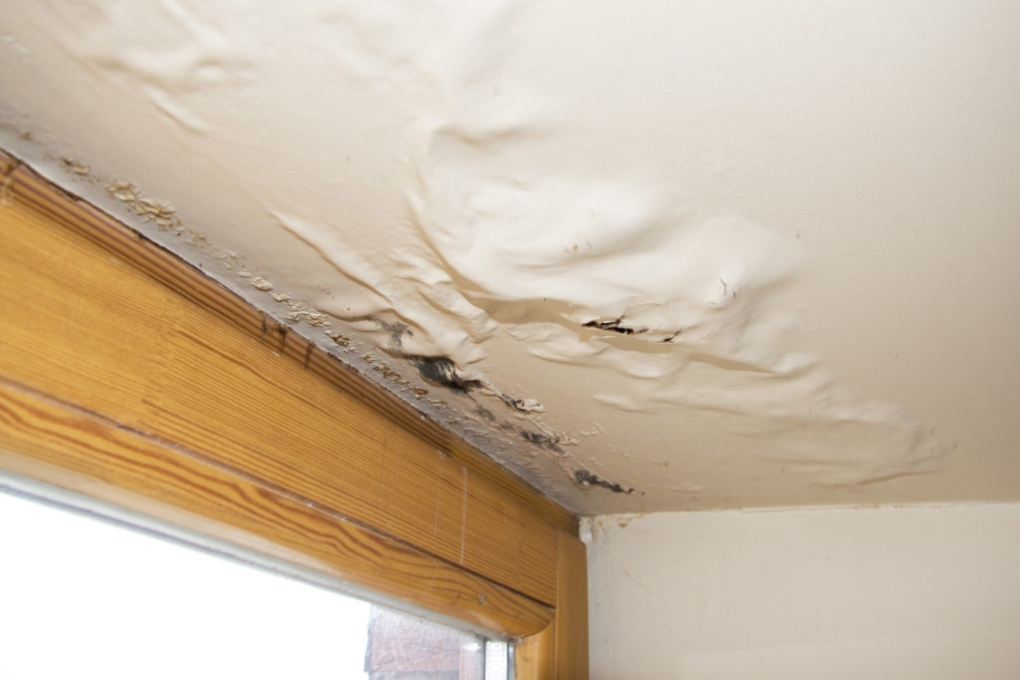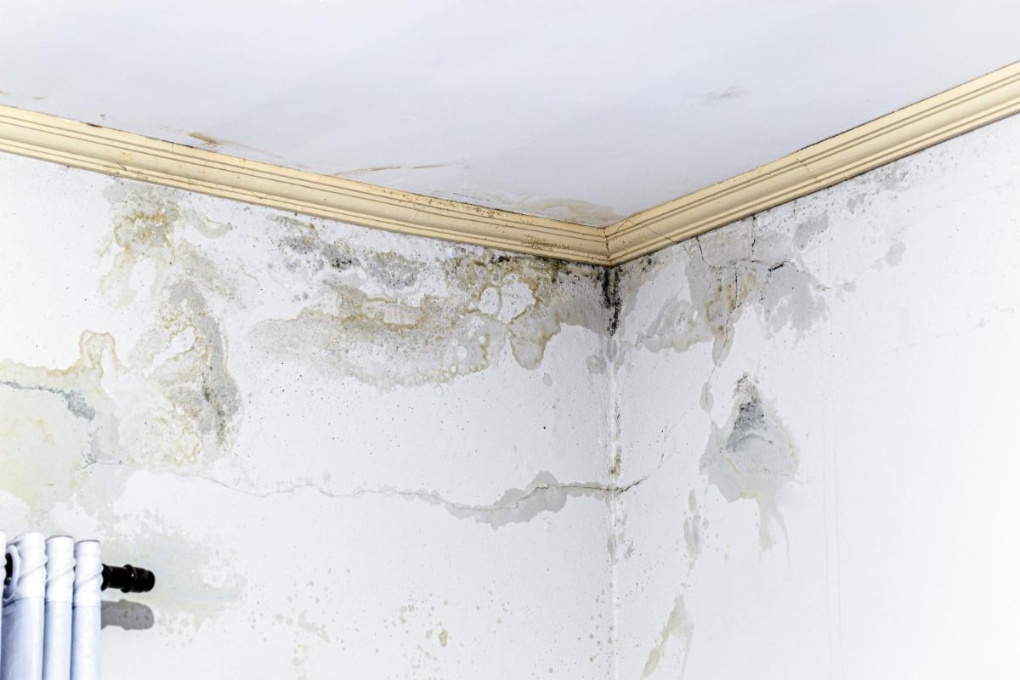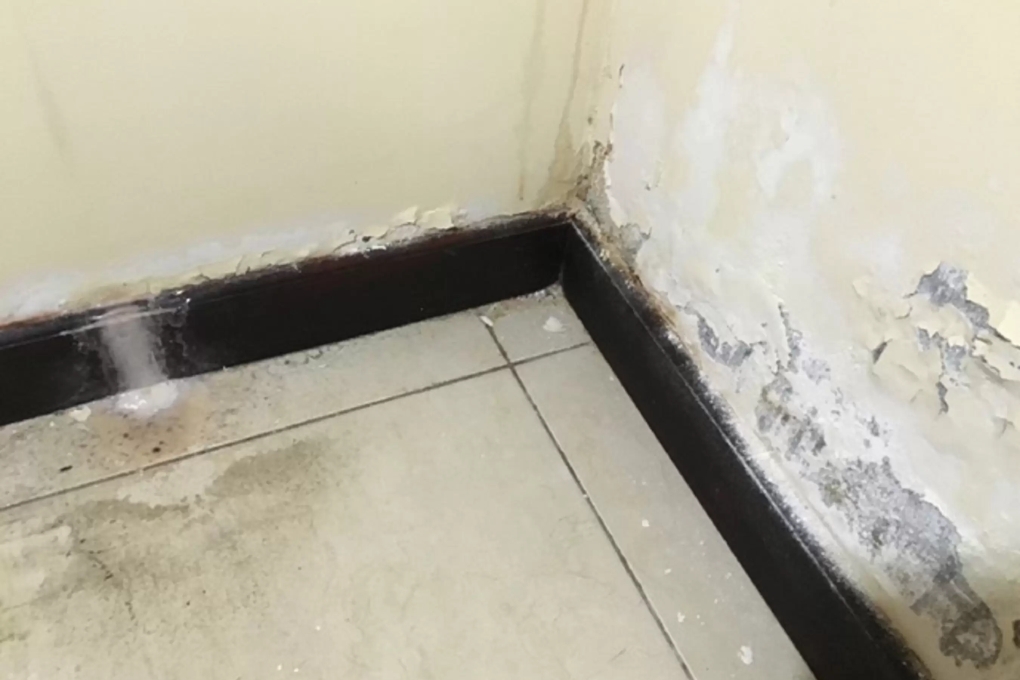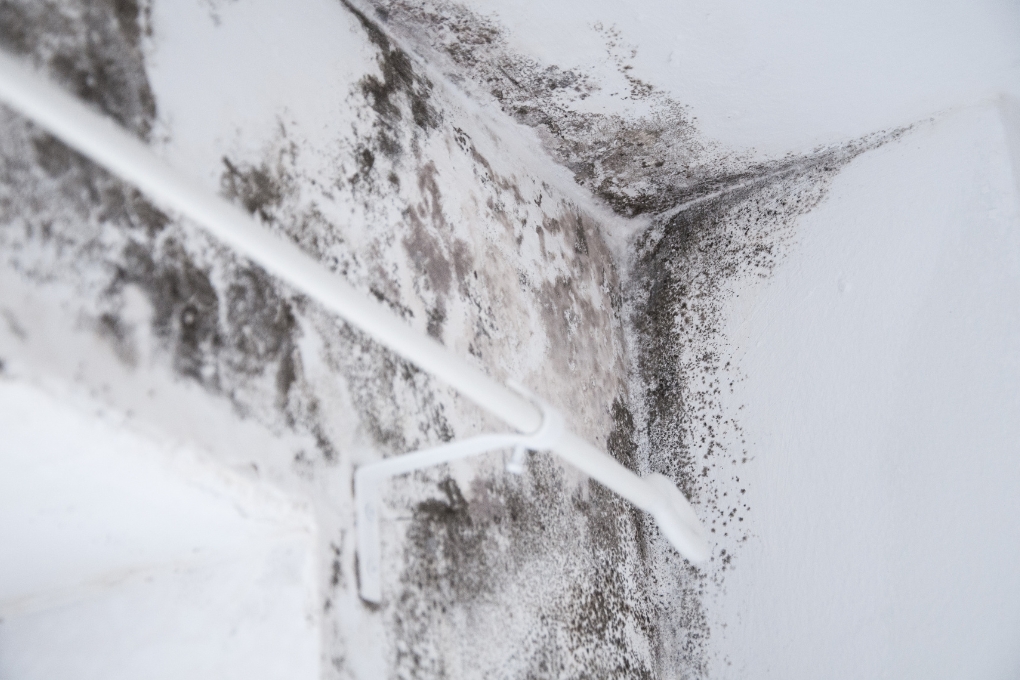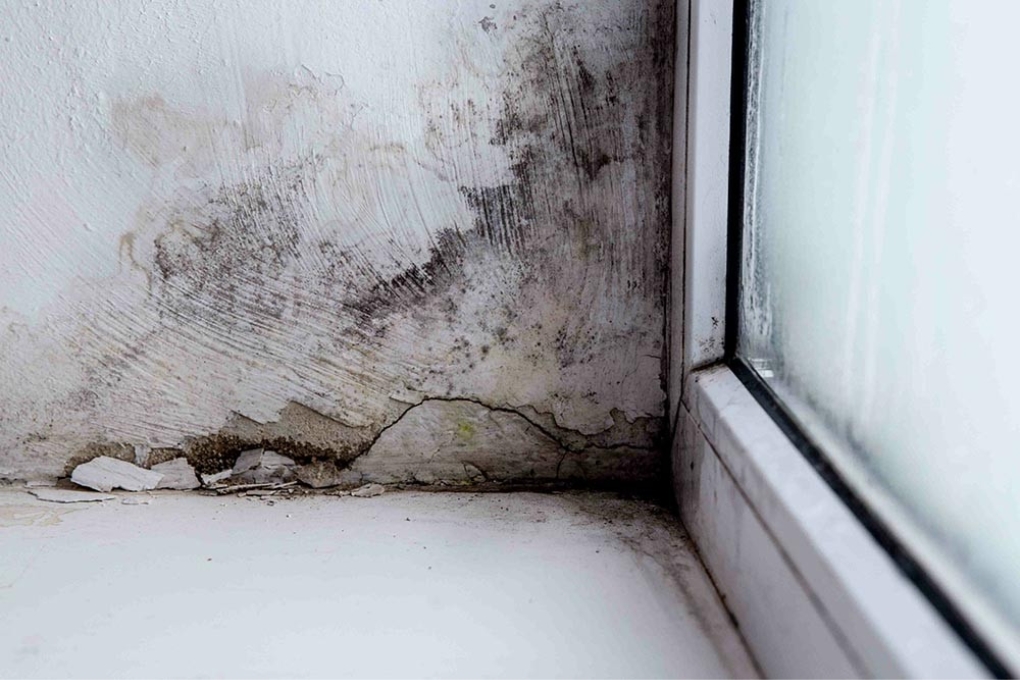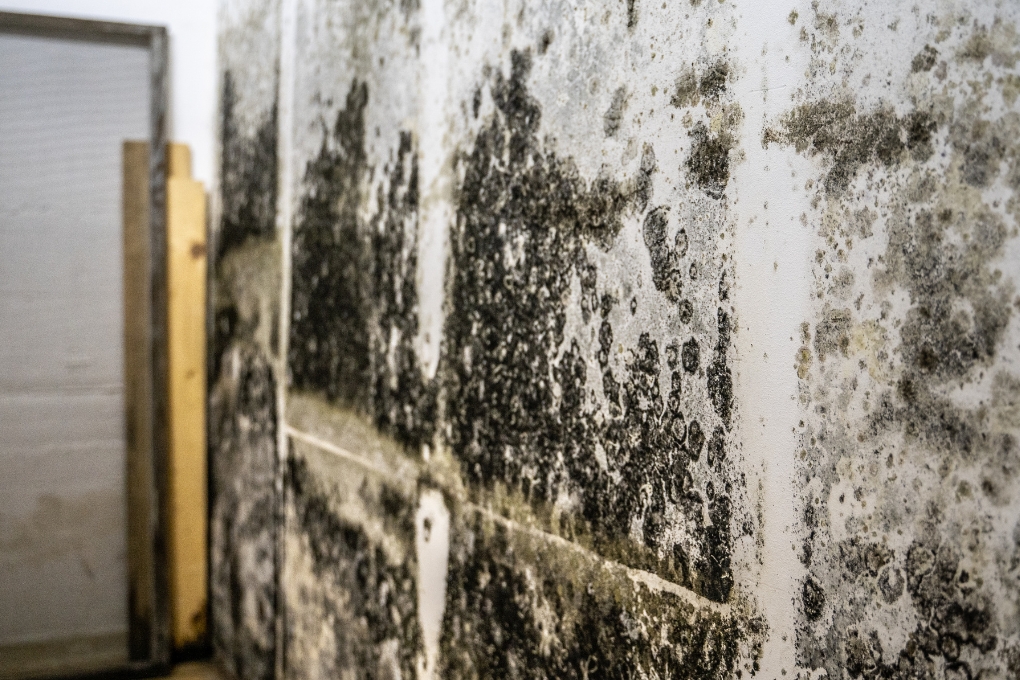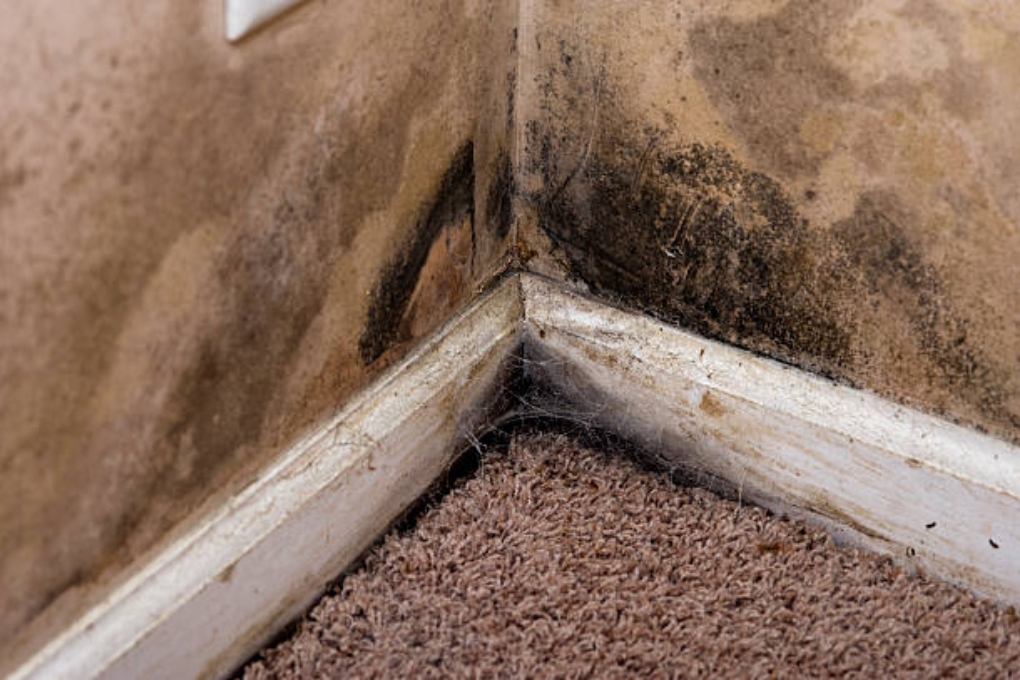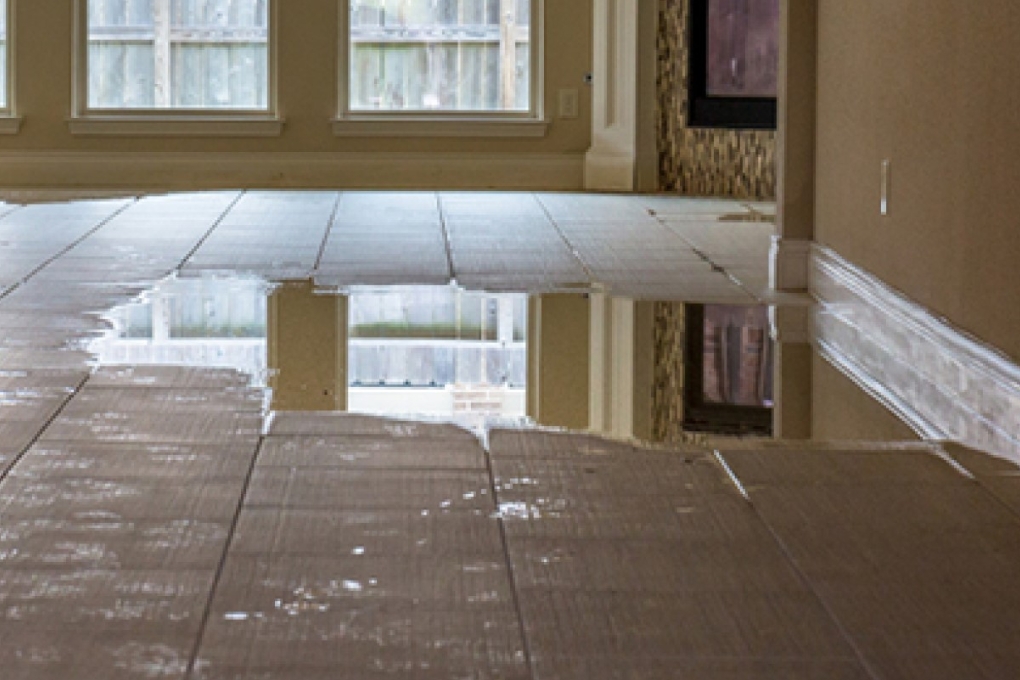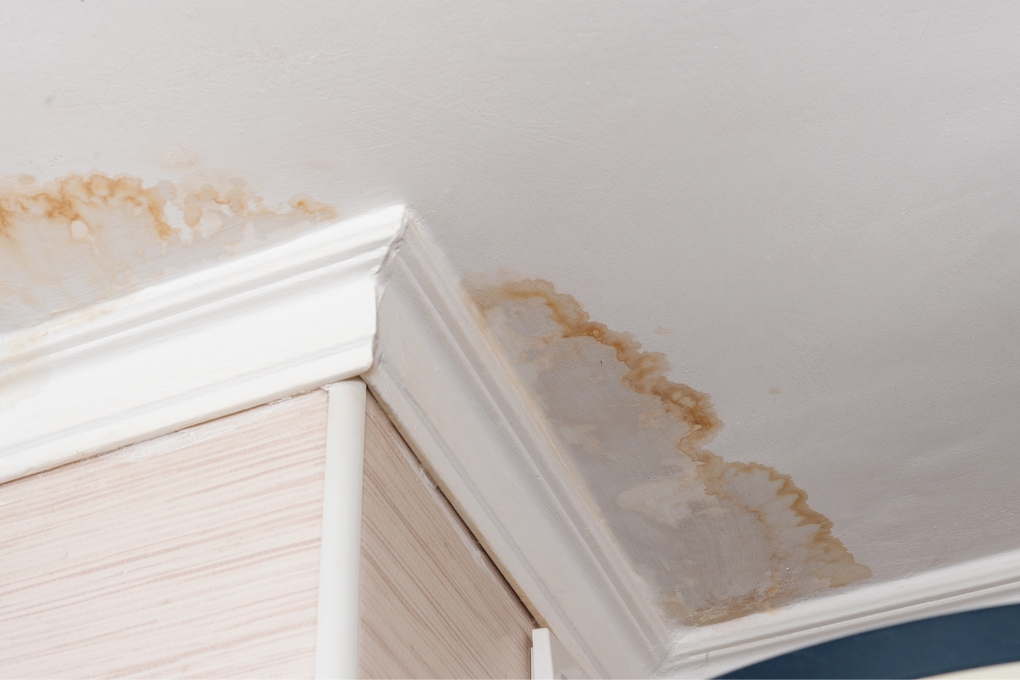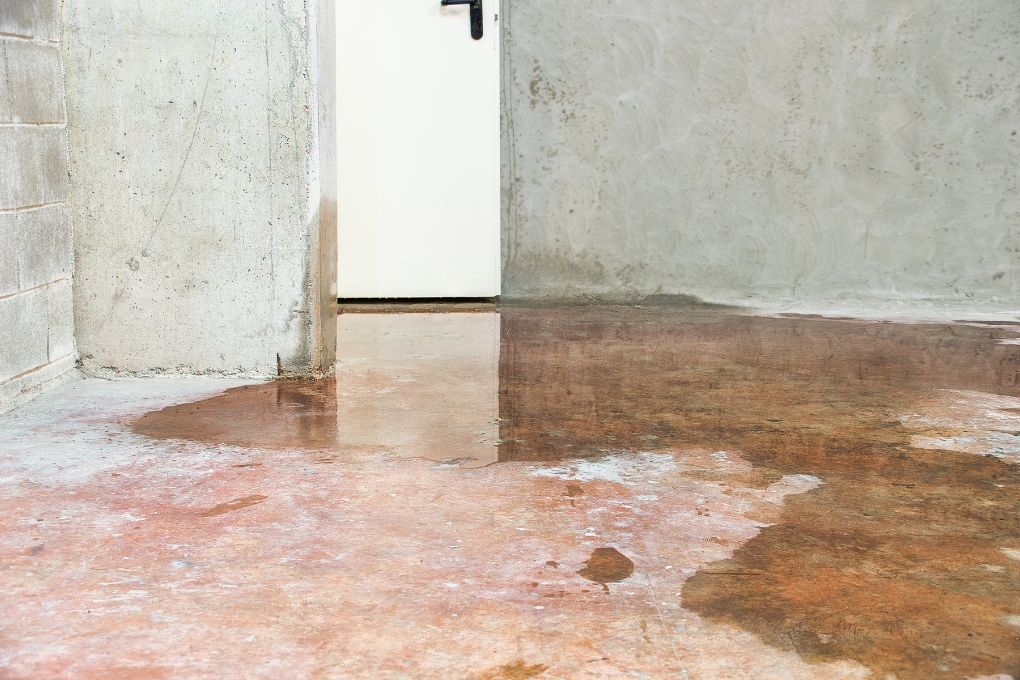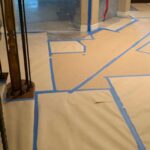Water is super important for our planet and everything that lives on it. But sometimes, too much water in the wrong places can cause big problems in our homes.
This extra water can come from different things like big storms, broken pipes, or even things like leaking appliances. And when it enters your homes, it can cause damage in different ways. It might happen fast or slowly, and it can make our ceilings, floors, and walls look different when it’s damaged.
If we don’t take care of a water leak or don’t notice the early signs of water damage, it can lead to even bigger issues. It can mess up the wood in our homes, make the structure weaker, cause mold, make us sick, and cost a lot of money to fix later on.
Water Damage and Its Impact on Your Home
Water damage can result from both obvious and hidden sources, such as burst pipes or weather extremes. However, it’s the often-unseen water leaks that pose a more common threat. Even minor, concealed leaks can gradually lead to significant structural problems within your home.
Signs of Water Damage in Home
Understanding how to identify water damage in a house is crucial. Below, you will find some frequently encountered signs that can help you recognize what water damage looks like and how you can identify it.
Signs of water damage in walls
One of the primary concerns when it comes to maintaining the integrity of your home is being able to identify signs of water damage within your walls. Several significant indicators can give you valuable insights into the presence of water damage.
Firstly, keep an eye out for unsightly stains and discoloration on your walls, often manifesting as yellow, brown, or dark irregular patches. Another common sign is the peeling or bubbling of paint on the surface, which can make the affected area appear swollen or raised. If your walls seem warped, saggy, or bulging, this can also be indicative of water damage as excess moisture can compromise the structural integrity of the drywall.
To check further drywall signs of water damage in walls, gently press on the wall’s surface; if it feels soft, damp, or spongy, it’s a clear indication of water damage lurking within. Additionally, keep an eye on your wallpaper as well, as it may crack, peel, or detach due to water damage. Efflorescence, seen as white, chalky deposits on the wall’s surface, can also be a potential sign.
Lastly, pay attention to creaking or swollen baseboards and any bubbling in the drywall tape, as these can further corroborate the presence of water damage.
Visible Mold on Surfaces
Mold is a clear and significant indicator of water damage within your home. It not only poses a potential threat to the structural integrity of your property but can also have adverse health effects. Recognizing what mold looks like and understanding how it appears after water damage is crucial.
Mold typically appears as fuzzy, patchy growth on various surfaces. It can evident in various colors, including black, green, brown, or white, depending on the type of mold and the surface it grows on. Mold often thrives in damp, humid environments, making it a common consequence of water damage.
After a water-related incident, such as a leak or flooding, mold can start to appear within as little as 24 to 48 hours. However, it may take a few days or even weeks before it becomes visible to the naked eye. Mold spores are microscopic and can remain dormant until they encounter the right conditions, which include moisture, warmth, and organic material to feed on.
Mold growth often begins in hidden or less frequently visited areas of your home, such as behind walls, under carpets, or in basements and crawlspaces.
To identify mold, look for unusual discoloration or irregular patches on surfaces. Keep an eye on areas that are consistently damp or have been exposed to water damage. Mold often has a musty, unpleasant odor, which can also help in detecting its presence.
If you spot visible mold in your home, it’s essential to address the water issue causing it and to have the mold removed promptly. Mold can cause respiratory problems, allergies, and other health issues, so it’s critical to take mold growth seriously and seek professional assistance of SS water restoration services for its safe removal and remediation.
Musty Odors
A persistent musty or moldy smell can be an alarming indication of hidden water damage or the presence of mold within your home. It is crucial to understand why these smells occur and how to respond in order to maintain a healthy and safe living environment.
Musty odors are often described as earthy, stale, or moldy. They may be most noticeable in specific areas of your home, such as basements, bathrooms, or closets, where moisture tends to accumulate. In some cases, the smell may be more pervasive, affecting the entire indoor environment.
Causes of Musty Odors
Common causes of musty odors are:
Mold Growth: Mold is a type of fungus that thrives in damp, humid conditions. When moisture levels rise due to water leaks, flooding, or excessive humidity, mold spores present in the air can settle on various surfaces and begin to grow. As mold colonies multiply and release volatile organic compounds (VOCs), they produce a distinctive musty odor.
Dampness: Even without visible mold growth, prolonged dampness in a space can lead to musty odors. Moisture can accumulate in hidden areas like basements, crawlspaces, or wall cavities, creating an environment conducive to mold growth and generating the musty smell.
Damp or Moldy Carpet
The presence of damp or moldy carpeting in your home serves as a clear indicator of water intrusion, a problem that can lead to various issues, including structural damage and health concerns. This issue typically arises from two main sources: water leaks and high humidity.
Water leaks, stemming from sources like damaged pipes or a compromised roof, introduce moisture into your living space, which can then saturate your carpet. Meanwhile, areas with high humidity, coupled with inadequate ventilation, can lead to a gradual buildup of moisture in the carpet, creating conditions conducive to mold growth.
Distinguishing damp or moldy carpet is relatively easy. Damp carpet feels moist to the touch and often exhibits visible signs such as water stains or discoloration. In more severe cases, you may even notice a crushing sound when walking on it. Mold growth on carpet appears as fuzzy, irregularly shaped patches that can vary in color from black and green to brown and white, depending on the type of mold. Moldy carpet emits a musty odor, providing an additional indicator of its presence.
When confronted with damp or moldy carpet, it’s crucial to take immediate action. Start by identifying and addressing the source of moisture or water intrusion, whether it be fixing leaks or reinforcing your home against external water sources. In most instances, removing and replacing the affected carpet is necessary, as mold can penetrate deep into the fibers and padding. Subflooring should also be assessed for damage or mold growth and addressed accordingly before installing new carpet.
Dripping or Leaking
The presence of dripping or leaking water in your home is one of the most direct indicators of potential water damage. These visible leaks can originate from various sources, including pipes, faucets, and household appliances. Pipes may develop cracks or holes due to factors like corrosion, wear and tear, or freezing temperatures, while appliances such as dishwashers and washing machines can experience malfunctions in hoses, pumps, or valves. Even common fixtures like faucets and showerheads can develop leaks over time due to worn-out seals or damaged components.
Detecting dripping or leaking water is typically simple, as it manifests visually and audibly. You may observe water drops falling from the source, puddles forming on the floor, water stains on nearby surfaces, or even dampness and a musty smell in affected areas. In some cases, plumbing leaks can lead to decreased water pressure in faucets and fixtures.
When you discover dripping or leaking water, it’s crucial to take immediate action to prevent further damage. Start by turning off the water supply to the affected area if possible, which can help contain the issue temporarily. Then, carefully inspect the source of the leak, checking for visible damage or loose connections in pipes, fixtures, or appliances. Depending on the severity and location of the leak, you may need to implement temporary measures like using buckets or towels to collect the water or perform repairs or replacements on damaged components. For complex or hidden leaks, or if you’re uncertain about the cause, seeking the assistance of a professional plumber or technician is advisable.
Signs of Water Damage Under Floor
Water damage beneath your flooring can be particularly problematic because it often goes unnoticed until it becomes severe. Recognizing the signs of water damage under the floor is vital to addressing the issue and preventing further damage.
One of the most visible signs of water damage under the floor is the warping or buckling of the surface flooring material. Wood, laminate, and engineered flooring can swell and warp when exposed to moisture, causing noticeable irregularities. The flooring may lift or form gaps between planks or tiles.
Another indicator is discoloration or staining on the surface of the flooring material. This is particularly evident in materials like hardwood, where the wood may become discolored or develop dark spots. In carpets, you may notice noticeable stains or discoloration, often with a damp or musty odor.
Walking on your flooring may reveal areas that feel spongy, soft, or uneven underfoot. This is a strong indication of moisture damage beneath the surface, especially common with wood subfloors, which can become weakened by water exposure.
If you observe any of these signs, it’s essential to take action immediately. Ignoring water damage under the floor can lead to structural issues, mold growth, and more extensive and costly repairs. Professional inspection and repair are often necessary to address the root cause of the issue and restore the integrity of your flooring and subfloor.
Signs of Water Damage on Ceiling
Signs of water damage on a ceiling can be both distressing and indicative of underlying issues in your home. These signs often serve as a visual cue that water has infiltrated the ceiling materials and might be originating from various sources, such as roof leaks, plumbing issues, or condensation problems.
One common sign of ceiling water damage is visible stains or discoloration. These stains can take on different shades, including yellow, brown, or dark irregular patches, depending on the severity of the damage and the ceiling material. These stains result from water soaking into the ceiling material, causing it to become discolored as it dries or as waterborne contaminants are deposited.
Peeling or bubbling paint or plaster on the ceiling can also indicate water damage. When moisture seeps into the ceiling, it can undermine the adhesion of paint or plaster to the surface, leading to these unsightly blemishes. The affected area might appear swollen or raised as a result.
In some cases, you may notice the ceiling material itself sagging or warping. This distortion occurs as the ceiling material absorbs moisture, compromising its structural integrity. The ceiling may develop a concave or irregular shape, which is not only unsightly but also a potential hazard if left unaddressed.
Another less common but important sign is a dripping or leaking ceiling. In some cases, water damage may reach a point where the ceiling begins to leak water or drip. This is a clear indication that a significant amount of water has penetrated the ceiling and requires immediate attention.
When you observe these signs of water damage on your ceiling, it’s critical to take action promptly as ignoring such damage can lead to more costly repairs, structural issues, and even health concerns.
Signs of Water Damage in Basement
Water damage in a basement can be a challenging issue, often characterized by various signs that specify potential problems. These signs can vary in severity and may originate from several sources, including external factors like heavy rain or internal issues like plumbing leaks or inadequate insulation.
One of the most common signs of basement water damage is dampness or moisture on the walls or floor. This can manifest as visible wet spots, dampness to the touch, or even standing water in severe cases. Dampness is often the first indicator that water has infiltrated the basement.
Stains on basement walls or floors are another significant sign of water damage. These stains can be caused by water seeping through the foundation, groundwater intrusion, or plumbing leaks. They may appear as discolored patches or streaks, often accompanied by mineral deposits, which are crystalline deposits left behind as the water evaporates.
Peeling or bubbling paint or wall coverings in the basement can result from prolonged exposure to moisture. When water penetrates the walls, it can weaken the adhesion of paint, causing them to peel or bubble. This not only affects the aesthetics of the space but also indicates an ongoing moisture problem.
Cracks are the culprits behind water damage in the basement as cracks in the basement walls or floor can allow water to seep through. While not all cracks lead to water damage, they can serve as entry points for moisture, especially during heavy rainfall or when the water table is high. Cracks may appear as hairline fractures or more extensive gaps in the concrete.
When to Seek Professional Help after Witnessing the Signs of Water Damage
Identifying signs of water damage in your home is an essential first step, but knowing when to engage professional assistance is equally important for effective resolution and damage prevention. Water damage can range from minor issues, like small leaks or surface stains, to more extensive and hidden problems that require specialized expertise to address comprehensively.
In cases of extensive damage, severe structural issues, or widespread mold growth, it’s advisable to seek the services of water restoration professionals such as SS Water Restoration services. As they possess the experience, tools, and knowledge to tackle complex situations effectively. They can take care of any type of flooding, because they flooding damage repair expert.
Moreover, if the source of water damage is concealed within walls, ceilings, or beneath flooring, professionals at SS water restoration have specialized equipment to detect and pinpoint the problem accurately. Persistent or recurring water-related issues should also prompt you to consult experts, as these often signal underlying and unresolved causes that require professional assessment and resolution.
Water damage in high-risk areas, such as your home’s foundation, roof, or plumbing system, demands the attention of professionals, given their critical role in your property’s structural integrity. Furthermore, if you plan to file an insurance claim for water damage, SS water restoration professionals can document and provide evidence of the damage, streamlining the claims process and potentially maximizing your coverage.
FAQs
How do you know if a leak is caused by water damage?
You can determine if a leak is caused by water damage when you observe signs such as visible staining, discoloration, or peeling paint or wallpaper around the source of the leak. Additionally, a persistent musty odor or the presence of mold growth can be strong indicators that water damage is the underlying issue.
What happens if water gets in your walls?
If water infiltrates your walls, it can lead to several problems, including structural damage, mold growth, and compromised insulation. Over time, this can weaken the structural integrity of your home and pose health risks.
Can a small water leak cause damage?
Yes, even a small water leak can cause significant damage over time, including structural issues, mold growth, and potential health hazards. It’s crucial to address even minor leaks immediately to prevent long-term consequences.
Conclusion
Recognizing the signs of water damage in your home is essential for early intervention and damage prevention. From visible stains and dampness to musty odors and structural issues, these indicators should not be underestimated. When facing extensive damage, hidden issues, or health concerns related to water damage, seeking professional help from experts like SS Water Restoration is a wise choice and they are providing professional mold remediation services.
Their specialized knowledge, experience, and resources can effectively address these issues, ensuring the safety, integrity, and restoration of your home. Timely action in collaboration with professionals can make a significant difference in mitigating damage and safeguarding your property’s value and your family’s well-being.


